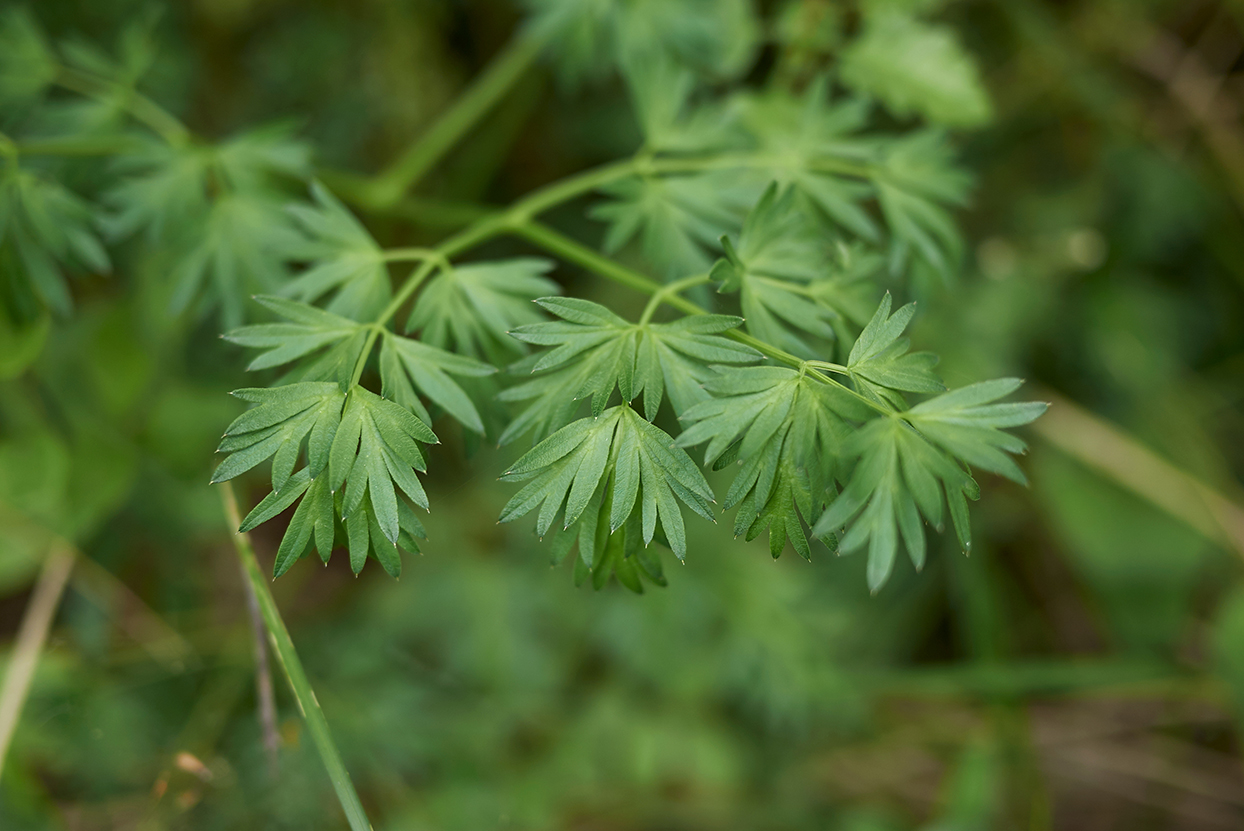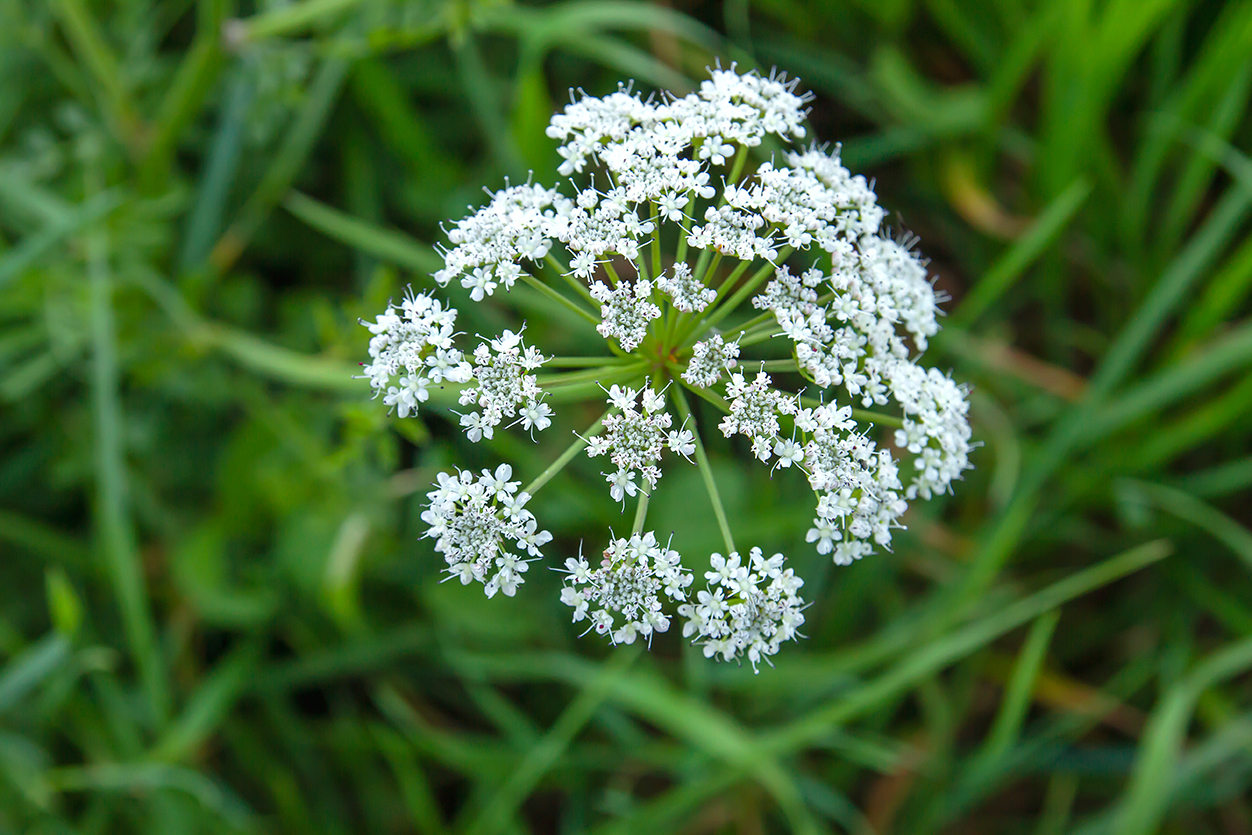Edible herb or toxic invasive weed – would you know the difference?


You may be surprised to know that both the leaves and the flowers of Hemlock and Chervil look extremely similar – so much so that to a novice forager they could appear identical. Put one on your salad and it’ll boost the flavour – but the other one can kill you!
Colloquially known as Hemlock, Poison Hemlock or Wild Hemlock, it is a Class B noxious weed. A highly poisonous biennial herbaceous flowering plant that is a member of the carrot family (Apiaceae).
Its main characteristics are:
- a tall green plan that grows over 1m high
- leaves that are bright greed, fern like and have toothed edges
- purple spotted stems that are hollow
- umbrella like clusters of small white flowers in June and July
- repellent smell
- often found in open sunny areas, fields, vacant lots and on roadsides
How toxic is Hemlock?
Don’t be fooled by this plant’s delicate appearance, all parts of the Hemlock plant are poisonous, naming this as the most toxic plant to both humans and animals growing in Britain. All parts of the plant are poisonous, even the dead canes can remain toxic for up to 3 years and only a small amount of plant material can be fatal. It contains a powerful neurotoxin called Oenanthe toxin, which triggers spasmodic convulsions, usually followed by sudden death.
What happens if the plant is ingested?
Hemlock is highly toxic to livestock and humans and can be fatal. Symptoms display after 30 minutes to three hours depending on the amount ingested. Poisoning affects the nervous and respiratory systems and can lead to respiratory failure. Symptoms include trembling, burning sensation in digestive tract, increased salivation, dilated pupils, muscle pain, weakness, rapid followed by decreased heart rate, loss of speech, convulsions and unconsciousness. When touched the plant can generate a painful rash, or painful burning on the eyes.
If you suspect poisoning from this plant, call for help immediately because the toxins are fast-acting. The good news is that for both people and animals, quick treatment can reverse the harm and typically there aren’t noticeable aftereffects.
If you spot Hemlock whilst out and about please let us know, and we’ll need location information please – you can use a postcode or what3words. If you know who owns the land even better.
You can get in touch via contact@knotweed.co.uk


